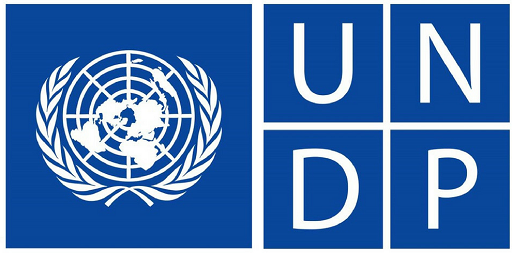
The United Nations Development Program (UNDP) makes up the global development network of the United Nations. This organization supports change in and access for countries to knowledge, experience, and resources, which are useful for helping the people of these countries make a better life for themselves. At the moment, the United Nations Development Program (UNDP) is carrying out fieldwork in more than 170 countries and regions with the objective of helping them devise appropriate strategies for coping with their developmental challenges.
The United Nations Development Program (UNDP) was founded in 1966, with its headquarters located in New York.
The representative office of The United Nations Development Program (UNDP) in Iran was established in 1966 with the objective of expanding sustainable development in Iran. Accordingly, the program has worked closely with its main developmental partners including the government of the Islamic Republic of Iran, local councils, the civil society, academic institutions, and the private sector. Along with the government of the Islamic Republic of Iran, this organization tries to resolve some of the strategic challenges of development commonly known as ‘critical priorities’.
The United Nations Development Program (UNDP) is able to act as a bridge between Iran and the global society and share state-of-the-art knowledge and successful global practice. Furthermore, one of the main objectives of this organization in Iran is to support the government of the Islamic Republic of Iran for faster and easier realization of its developmental goals.
At the moment, the National 5-Year Plan of the United Nations Development Program (UNDP) is being designed based on UN Sustainable Development Cooperation Framework. The UN Sustainable Development Cooperation Framework 2017-2021 between the government of the Islamic Republic of Iran and the United Nations has been ratified, and the priorities for this cooperation include the environment, healthcare, resistive economy, and natural disaster management.
UNDP sees itself as a partner for Iran in responding to environmental challenges currently emerging in this country in the form of drought, expansion of deserts, destruction of biodiversity, and the increase in the emission of greenhouse gases, as well as air and water pollution. In addition, this organization supports the sustainable management of land and water resources and the elimination of ozone depleting materials.
In order to realize the above-mentioned objectives and since one of the main fields of activity for the UNDP in Iran involves sustainable environmental development, this organization has participated in the establishment and implementation of the Conservation of Iranian Wetlands Project (CIWP) along with the Iranian government (The Iranian Department of Environment) and the Global Environment Facility (GEF) since 2005.
In order to mitigate or permanently eliminate the present threats and, in general, promote the sustainability and survival of wetland ecosystems in Iran, this project has started working on selected and important wetlands (including Lake Urmia, Parishan Wetland, and Shadegan Wetland) as pilot sites. In addition, the project aims to generalize the obtained experiences to other wetlands in the country in the form of devised ecosystem-based approaches, establishment of a new management system, and introduction of legal strategies for implementing the project.
In the course of this process, the results from implementing a number of sustainable agricultural pilot projects by CIWP in partnership with Ministry of Agricultural Jihad in various regions around Iran, including a village close to Lake Urmia, show that these projects have a significant potential for reducing water consumption and chemical inputs, provided that the income of the farmers can be maintained. In order to expand these outcomes and attract the participation of people in the protection and revival of wetlands, the project ‘Modeling Public Participation in Reviving Lake Urmia’ was added as a new activity to the Conservation of Iranian Wetlands Project (CIWP), as the representative of the Iranian Department of Environment, in 2014 with the help of the government of Japan and United Nations Development Program (UNDP). Successful outcomes and the time-consuming nature of developmental projects led to the extension of this partnership for 6 more consecutive years in 150 villages in Eastern and Western Azerbaijan Provinces.
Based on the outcome of the United Nations Development Assistance Plan (UNDAF) in Iran and the Country Program Document (CPD), respectively, for the comprehensive management of natural resources, and ratification and implementation of strategies and measures that promote sustainable and integrated management of natural resources, biodiversity, and ecosystem services, the United Nations Development Program (UNDP) still participates in the implementation of the Conservation of Iranian Wetlands Project (CIWP).